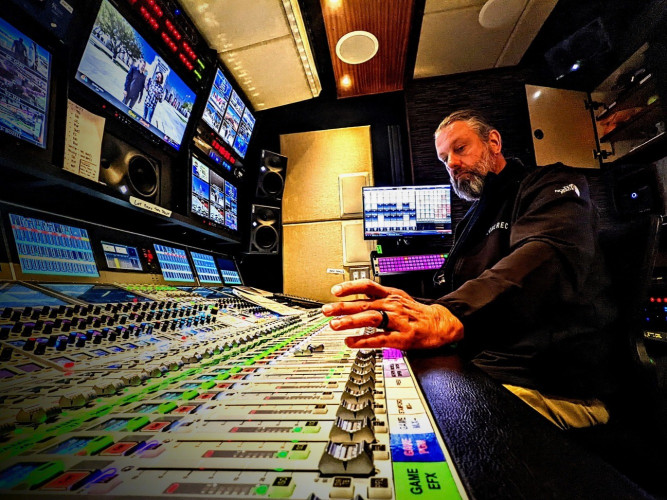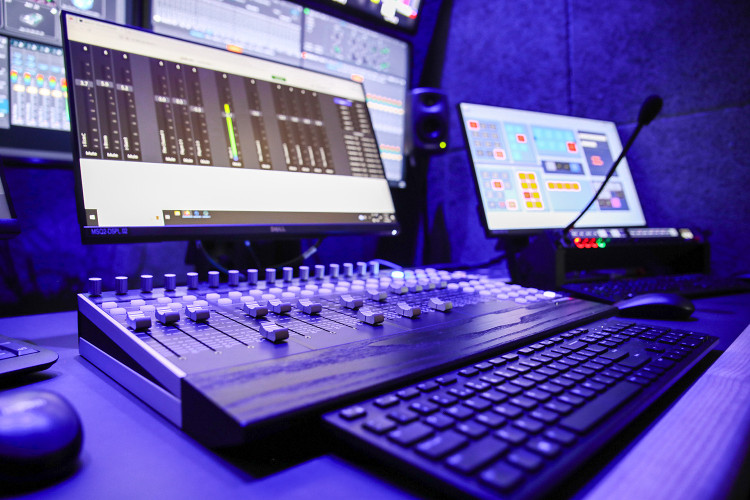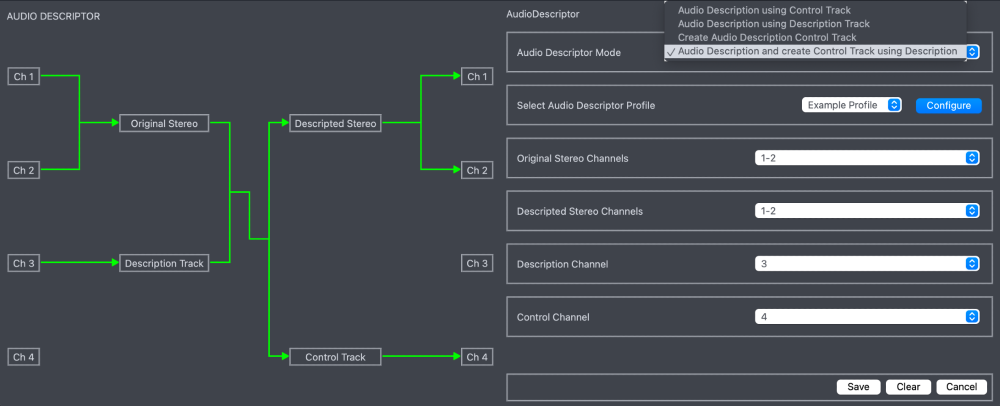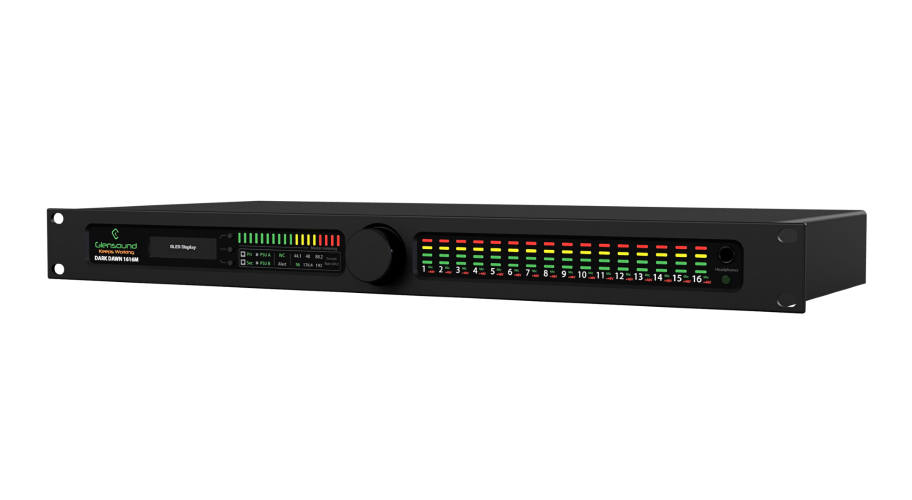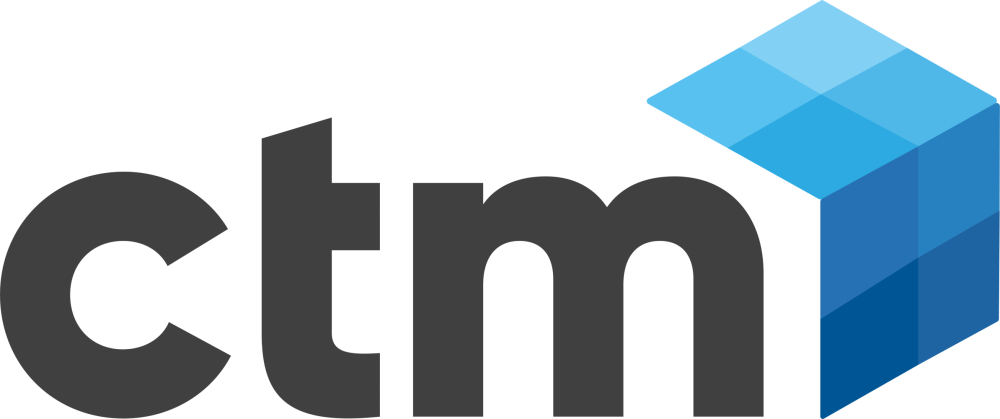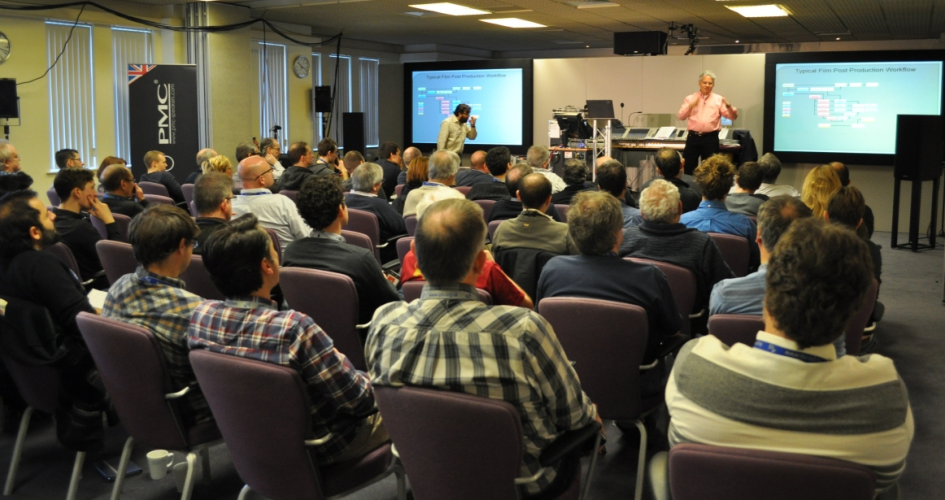The cushion quotient

Author: Bob Pank#
Published 1st December 2012
I have just been to a conference organised by the Mobile Data Association. I was very grateful to the organisers for the invitation, as it is the sort of thing that appeals to me: some of the top analysts in the industry throwing out statistics and predictions.
Of course, at this sort of conference you get a lot more about where we are than where we are going. And the four analysts who presented were not in total agreement about where we are. But there was some useful and interesting material.
Without doubt, though, the most important forecast came from Matthew Guest of Deloitte. According to Wikipedia, Deloitte is the second largest professional services network in the world, so I think we should take their fruits of their labours seriously.
“In 2012,” Mr Guest told the MDA conference, “many people’s living rooms will boast more computers than cushions.”
So I went and looked. And – remembering that I am a man living on my own – I discovered that while it is not routinely true, the circumstances under which there would be more computers than cushions in my living room are perfectly plausible. As the picture shows.
The key, of course, is that we have to think what we mean by computer today. I have included in my total my phone, for instance, which you may regard as cheating. But the ARM A6 processor in the new iPhone contains more bit-crunching raw power than a top-end computer of five years ago. And what is the Kindle if it is not a network-enabled asset management system?
The number of devices is also interesting, because we are adding to our collection not replacing them. “In the face of economic disaster, the pace of adoption of new technologies is accelerating,” according to Deloitte’s Matthew Guest. It took just 30 days for the first million iPads to be sold; it took a year for the iPod to reach that milestone. When the DVD player was launched, back in the dark ages of 1995, it sold 350,000 units in the first year.
Even before the recent announcement of new models, Apple has sold 100 million iPads in two and a half years. 2012 will see 720 million smartphones sold worldwide, against 360 million conventional computers. The significance of that statistic is that the 2011 number of computers was pretty much exactly the same, but there were under 400 million smartphones. Mobile technology – phones and tablets – is booming.
For us in television, this has to be seen as a new opportunity. We know that people have them in their hands, so we should use them as a way of pulling viewers into our programmes, not allowing them to get diverted away by multi-screening.
One of the winners of the IBC Innovation Awards this year was a companion app designed to do just this. Vampire hunting may still be a niche drama genre, but The Walking Dead on FX UK has its dedicated fans, and many have downloaded an app which allows them to play along with the action, predicting how many kills there will be in an episode, what the most popular weapon will be and other apparently critical plot points.
The clever thing about this app, which is why it won the award, is not just the ingenuity in the content but that it uses Civolution audio watermarking to synchronise the app with the programme, whether you are watching as it is transmitted, from your Sky+ box or on demand. Other apps are linked to live events: the Formula 1 companion app is very popular, putting a dashboard of information into your hands while watching the race.
Another analyst speaking at the MDA conference, Martin Garner of CCS Insight, suggested the idea could be developed into new areas. “If I like companion apps in front of my television, why shouldn’t it work at a football match or a music festival?” he asked. The risk of dropping your iPad into the Glastonbury mud may be the answer to his question.
The point, though, is that the hardware is ready and waiting. We are waiting for two other challenges to be tackled. The first is technical: how we are going to find the bandwidth to connect all these devices. In the UK at least the mobile networks struggle to deliver even voice calls on the move.
LTE is hailed as the technical salvation, but in truth it is just another cellular technology which means sharing bandwidth. One of the speakers put up a slide showing 80Mb/s download speed on LTE, then pointed out that there were only two devices in the cell at the time. In practice, the experts said, download speeds are likely to be barely faster with LTE than with today’s 3G (assuming you can get 3G).
And the second challenge is creativity. It has to be compelling content, however we deliver and view it. That is where we in the television business come in. So no lolling around on cushions for a while.



